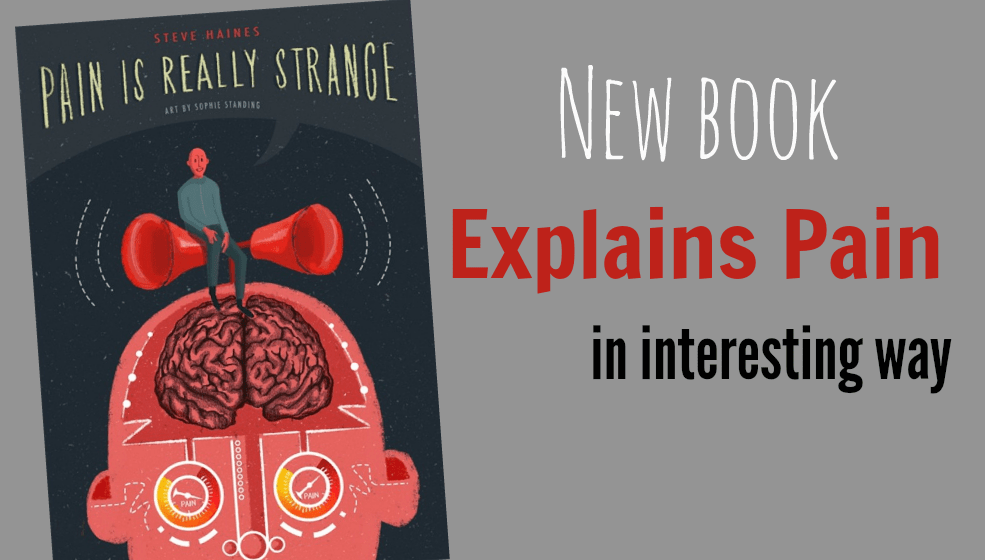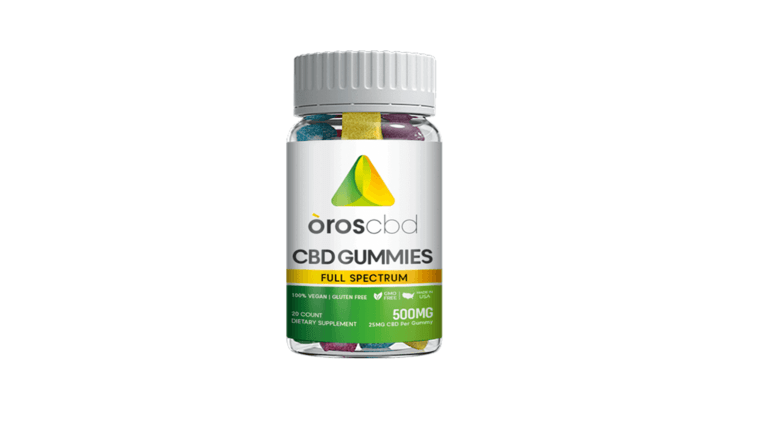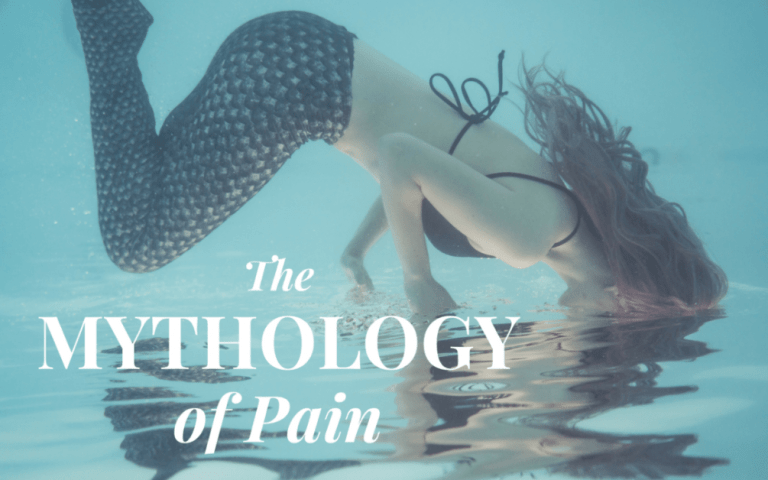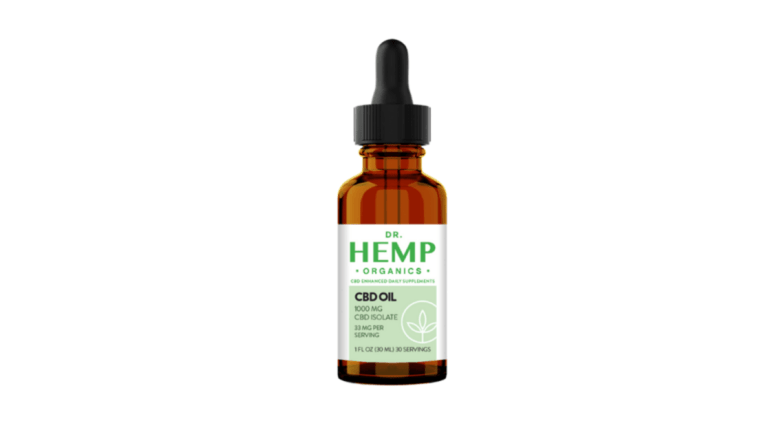Take One Graphic Novel and Call Me in the Morning

Explaining your chronic pain to your friends, family or boss can be difficult. But what if there were a tool, which could not only help your support network better understand your suffering, it could also help relieve your pain? The research-based graphic novel Pain is Really Strange by body worker Steve Haines and illustrator Sophie Standing might be able to accomplish both.
Here are the highlights of this thoughtfully written and intriguingly designed book:
He Ran With a Broken Leg
The book begins with the premise that pain hurts, but that it hurts differently for everyone. Consider an Olympic runner who finished a race with a broken fibula (all he felt was “a pop”) or a dancer who sprained her arm and had such terrible pain that even touching it with a feather produced a terrifying burning sensation.
Pain is Really Strange makes a distinction between acute and chronic pain, relating that the brain evolved to see pain as an indication of danger. Acute pain is the body’s way of letting you know it’s at risk of being fatally injured (think back to caveman days: being eaten by a saber tooth tiger, burned by a cooking fire or stabbed by an enemy’s spear).
Is it Acute or Chronic?
Say you had a broken leg or whiplash (acute pain). Chronic pain is what happens when the body becomes sensitized to the acute pain and forgets to turn off the alarm. It thinks you’re still being threatened and so it stays in overdrive.
The basis for this is our “neuroplastic” brain, which is capable of forming and reforming based on our habits (whether habits of thought and activity). It creates things called “neurotags,” which are brain maps that link many of the body’s systems into a pain event.
The Importance of Neurotags
There’s no actual pain center in the brain – instead, pain is made up of cells, nerves, memory and emotion, which link together into a single neurotag. Tug one link, like thinking of a certain memory, and you can trigger pain. For example, thinking of when you fell off your bike as a kid may make the elbow you skinned then hurt now.
Since neurotags overlap each other, one neurotag can trigger another, which gives us lots of opportunities to hurt. That’s the downside of our malleable brains. The upside of the “cells that wire together fire together” news is that we can use it to our advantage. We can amplify pain, but we can also unlearn it.
Unlearning Pain
Haines mentions a few different ways to do that – like getting rid of unhelpful language and changing movement habits (like how you climb the stairs). They sound almost too simple, but if done mindfully and slowly, these changes in activity can rewire our brains to help decrease pain.
Because this is a relatively short novel (you can read it in 30 minutes or so), Haines doesn’t have room to go in-depth into these new approaches. Instead, he tackles them in blog posts like Orienting to Your Body – Weight Outside, Skin Inside and Dissociation, Body Maps and Pain. His blog is also a great resource for the most current pain news and studies, like NPR’s story, Emotion Influences the Intensity of Pain.
Here’s a video of Haines talking about one of the book’s central themes – how pain and safety are linked:https://web.archive.org/web/20201001045230if_/https://player.vimeo.com/video/131396019
Understanding is Relieving
And there’s more good news: Understanding pain is a very good way to relieve it. A Lancet study from 2014 compared treatments of whiplash sufferers and found that reading about pain for 30 minutes then having two phone calls with a health care practitioner beat pain as well as 20 (yes, 20!) sessions of physiotherapy.
So take 30 minutes and read this book – not only will it give you an informative, entertaining method of translating pain to your support network, research shows that it could also relieve your pain. Click here to buy your copy.
PainPathways Magazine
PainPathways is the first, only and ultimate pain magazine. First published in spring 2008, PainPathways is the culmination of the vision of Richard L. Rauck, MD, to provide a shared resource for people living with and caring for others in pain. This quarterly resource not only provides in-depth information on current treatments, therapies and research studies but also connects people who live with pain, both personally and professionally.
View All By PainPathways






